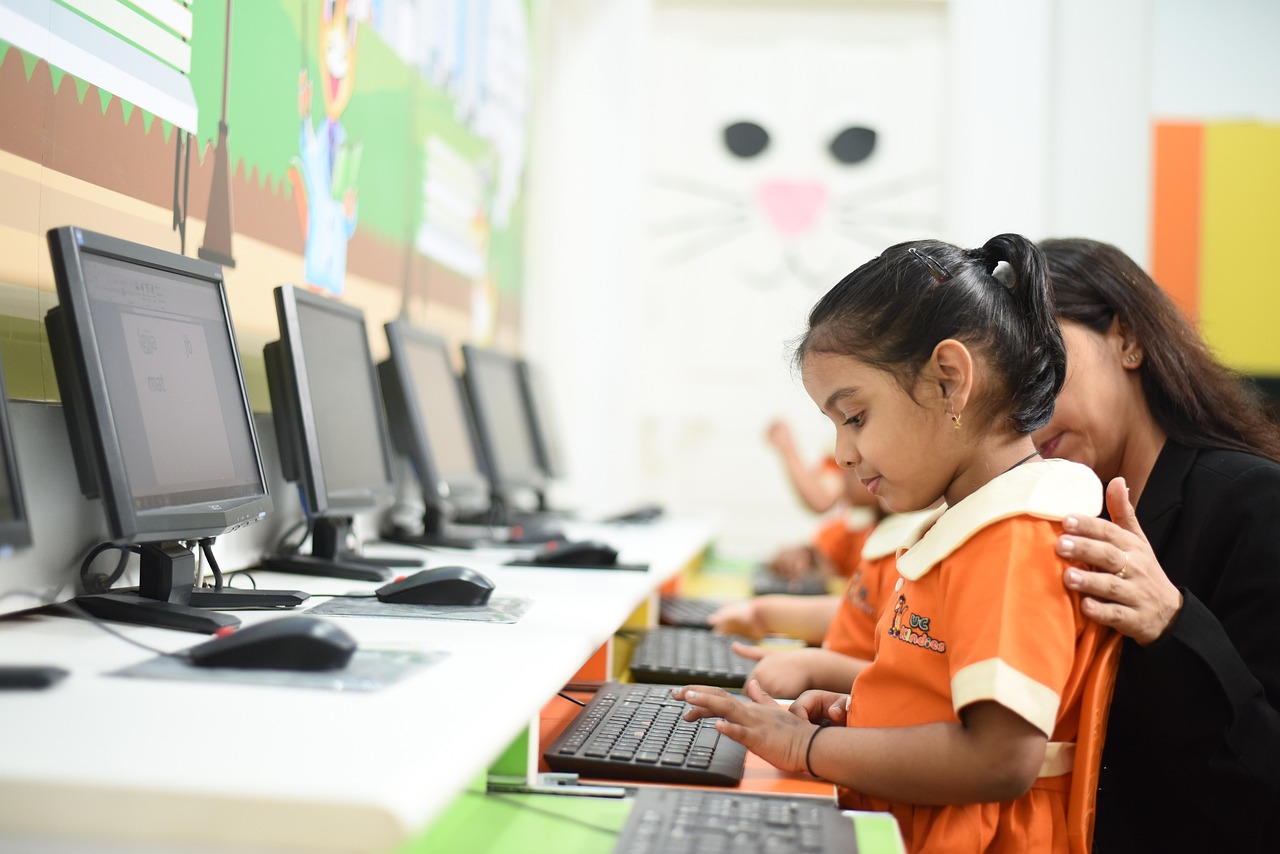Finding the top preschool near me requires considering factors like curriculum quality, staff qualifications, and parent reviews. The best preschools offer a safe environment combined with programs that foster early literacy, social skills, and a love for learning. These elements form a strong foundation for a child’s future academic success.
Many parents rely on trusted local resources and review platforms to compare daycare centers and preschools in their area. Understanding how each program approaches early childhood education, including specialized curricula like STEAM or phonemic awareness, helps make an informed choice.
Selecting a preschool close to home or work adds convenience without sacrificing quality. It ensures children can seamlessly transition into elementary education, supported by experienced educators who understand early development needs.
How to Find the Top Preschool Near Me
Finding a good preschool involves understanding specific factors about the schools in your area. Important considerations include local options, educational approaches, and the environment’s safety and condition. These elements help narrow down the best choice for each child’s needs.
Researching Local Preschools
Start by identifying preschools near your location using online tools, parent reviews, and community recommendations. Check for licensed programs, as licensing ensures they meet minimum standards for quality and safety.
Create a shortlist based on proximity, hours of operation, and availability. Contact schools directly to inquire about enrollment processes and waiting lists. Also, read recent parent reviews focused on communication, staff friendliness, and responsiveness.
Understanding the school’s reputation within the community can highlight hidden strengths or concerns. Visiting several preschools before deciding is crucial to get a real sense of the environment.
Comparing Curriculum and Teaching Philosophy
Evaluate the curriculum offered at each preschool to see how it aligns with your child’s development needs. Common approaches include Montessori, play-based learning, Reggio Emilia, and structured academic programs.
Look for programs that balance cognitive, social, emotional, and physical learning. Ask about daily routines, learning goals, and how teachers support individual progress.
Consider the teaching philosophy and whether it matches your expectations for discipline, creativity, and parent involvement. Schools with transparent communication about their methods tend to foster better partnerships with families.
Evaluating Safety and Facilities
Safety policies and the physical state of the preschool are critical. Confirm that the school has secure entry points, childproofed classrooms, and clear emergency procedures.
Inspect the cleanliness and condition of play areas, classrooms, and restrooms. Outdoor spaces should be well-maintained with age-appropriate equipment.
Assess staff-to-child ratios for adequate supervision. Verify staff qualifications and ongoing training, especially in first aid and child development.
A safe, well-equipped facility contributes significantly to a positive early education experience.
Key Factors When Choosing a Preschool
Selecting the right preschool involves examining several critical elements that impact a child’s early learning experience. Factors such as the staff’s credentials, class dynamics, and feedback from other parents offer valuable insights into the quality of care and education provided.
Teacher Qualifications and Experience
The qualifications and experience of preschool teachers are fundamental to quality early education. It is important to check if teachers hold relevant certifications in early childhood education or related fields. Experience working with young children also enhances their ability to manage classes and adapt teaching methods to diverse learning needs.
Qualified teachers use developmentally appropriate techniques and actively support social, emotional, and cognitive growth. They can identify early learning challenges and foster a safe, engaging environment. When visiting preschools, reviewing staff credentials and asking about ongoing professional development is recommended.
Class Size and Student-to-Teacher Ratio
Smaller class sizes and low student-to-teacher ratios typically allow for more personalized attention. This setup helps teachers closely monitor each child’s progress and tailor activities to individual needs. Ratios of 1:8 or lower are often considered ideal for preschools.
Larger classes may hinder a teacher’s ability to engage every student, affecting learning quality and safety supervision. Knowing the specific number of children per classroom and staff availability during key activities can help assess whether the environment supports effective learning and care.
Parental Reviews and Testimonials
Feedback from current or former parents offers practical insight into a preschool’s environment and reliability. Reviews often highlight strengths such as communication, teacher responsiveness, and overall satisfaction.
Pay attention to comments about the preschool’s handling of safety, discipline, and any concerns raised by parents. Balanced feedback that includes both positives and areas for improvement provides a realistic picture. Parents can often be contacted for direct conversations or the preschool’s website and social media platforms can serve as sources of honest testimonials.


